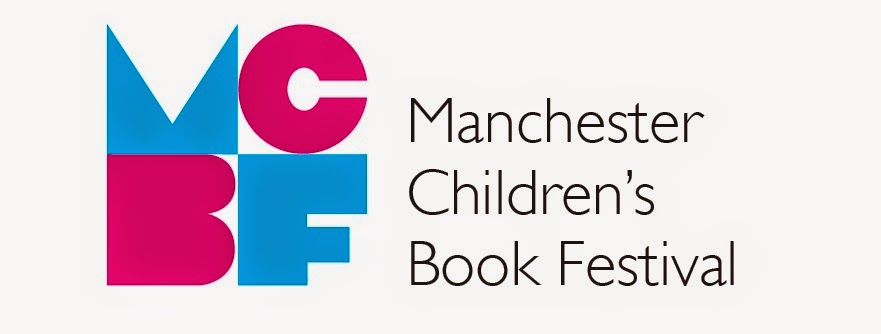One of my favourite children’s
authors is Roald Dahl because of his absurd and creative stories about brave
and extraordinary children. When I was an English teaching assistant in a Dutch primary school I
created a lesson series about Roald Dahl, which I would like to share with you. This lesson series is great for an EFL (English as a Foreign Language) class, but can also be
used in any class.
What you will need:
- D is for Dahl workbook
- A computer, a projector and access to YouTube
- Pens, pencils and colouring pencils
- Space
to perform
Lesson 1
The aim of Lesson 1 is to introduce Roald Dahl the author. This is
especially important when the children you are teaching are not British,
because they might not know that much about Dahl and his work.
For Activity A, I have made a PowerPoint about Roald Dahl’s life. You can find a
lot of information about the man online. You can use my questions or make up
your own. The answers for my questions are: F(alse), F, F, T(rue), F, T, T, T, F,
F, T, T, T, F, F.
Activity B, C and E can easily be done by the children without a lot of help. You can allow them to work in pairs if you like.
Activity B, C and E can easily be done by the children without a lot of help. You can allow them to work in pairs if you like.
For activity D you can use a YouTube video in
which the poem is read out loud:
Lesson 2
The aim of the second lesson is to learn more about the characters and to learn about adjectives.
Activity C can be done without any extra help. Exercise B is an exercise
about adjectives and in my workbook I have used Dutch adjectives because I was
teaching Dutch children. You can change this into an exercise in the language
of your choice or maybe and exercise about synonyms.
For activity A you need two descriptions of characters. You can write these
yourself or you can use mine:
The Witches
A witch is always a woman. When you meet a witch she is always wearing gloves. A witch doesn’t have finger-nails. She has got claws instead. They also don’t have toes.
Another weird thing about them is that they don’t have hair. She is as bald as a boiled egg.
Also, a witch has very big nose-holes. And I am not ready yet. A witch also has eyes that change colour and her spit is blue. Scary, isn’t it?
The Witches
A witch is always a woman. When you meet a witch she is always wearing gloves. A witch doesn’t have finger-nails. She has got claws instead. They also don’t have toes.
Another weird thing about them is that they don’t have hair. She is as bald as a boiled egg.
Also, a witch has very big nose-holes. And I am not ready yet. A witch also has eyes that change colour and her spit is blue. Scary, isn’t it?
BFG
The BFG, also known as the big friendly giant is
very big. He is much bigger than a normal person. He is wearing a long coat and
holding a suitcase and a trumpet. His face looks funny and wrinkly. His nose is
as sharp as a knife and his ears are very big. His eyes are also big but they
look friendly. The BFG is not mean.
Lesson 3
For the first activity you can use this YouTube video of the Oompa Loompa song:
For the first activity you can use this YouTube video of the Oompa Loompa song:
For the second part of lesson 3 you will need
this video in which the poem 'Little Red Riding Hood' is read out loud:
Important: In order
not to give away the ending (which is important for the rest of the lesson
series!) you need to stop the video at 2.33 minutes.
Lesson 4 and 5
For these two lessons you just need the poem up to ‘I am going to eat you
anyway’, which can be found in the workbook.
The children will use lesson 4 to learn the sentences and to practice their
individual endings. Each child (there are groups of three) will be one of the
characters from the poem. Make sure to tell them that all of them need to be
and say something in the play.
The first 10-15 minutes of lesson 5 (depending on how many groups you have)
can be the final practice time before the rest of the lesson is used to perform
the play. If you really want to make something special out of it you can
encourage the children to bring or make their own costumes and props.
I hope you will have fun teaching about Roald Dahl and his wonderful worlds!
After her teacher training Chelsea Klaassen studied Children's Literature at Reading University to learn more about the wonderful worlds of children's books. After her degree she decided to start a blog on which she posts creative reading and writing ideas and exercises for teachers, parents and carers to use. You can find her blog here. Follow Chelsea on Twitter at @Chelseamorag1.
The MCBF2015 team are looking for your blogs, stories, book reviews, photos, poems - simply anything and everything to do with your favourite children’s books! Email mcbf@mmu.ac.uk to get involved.






